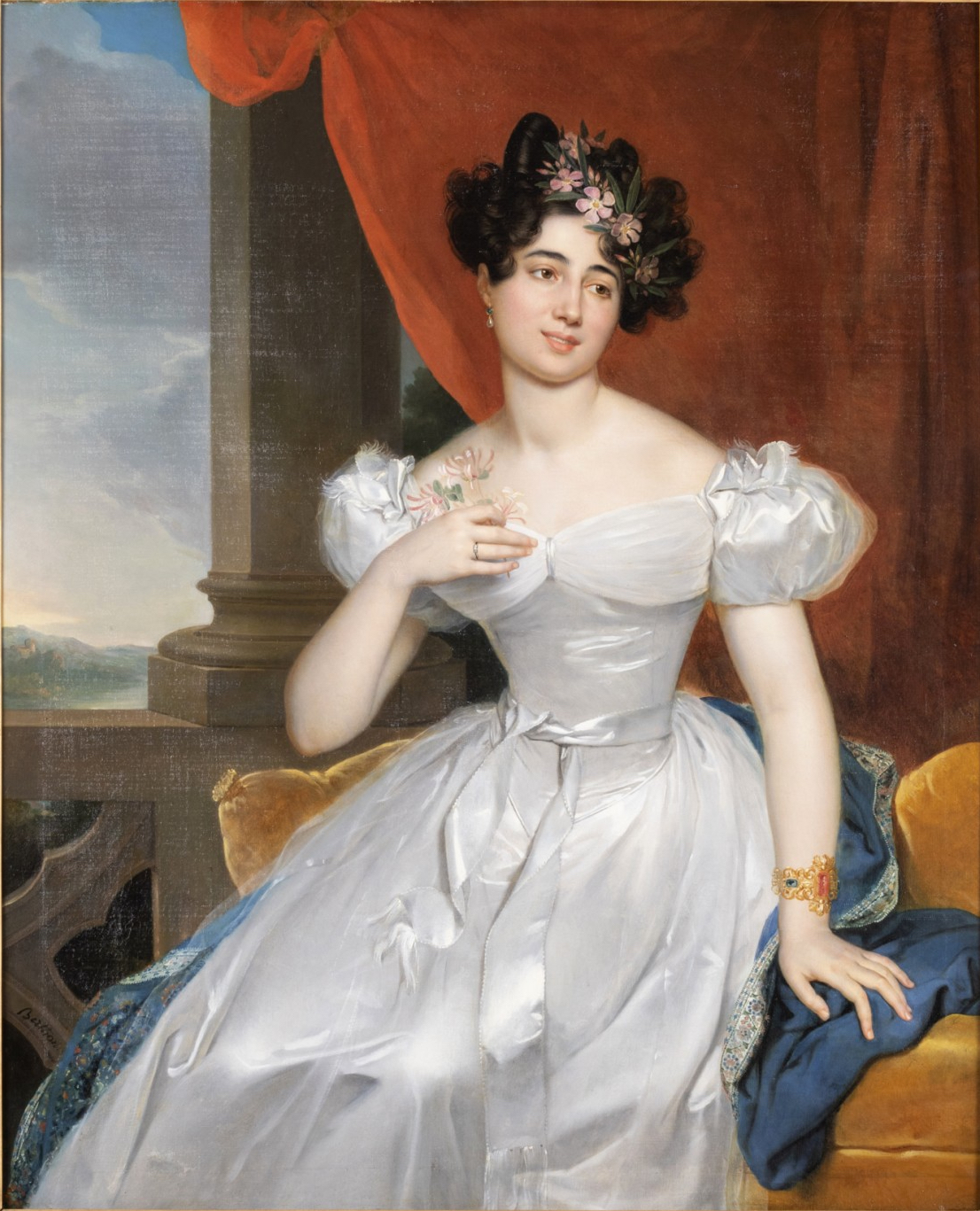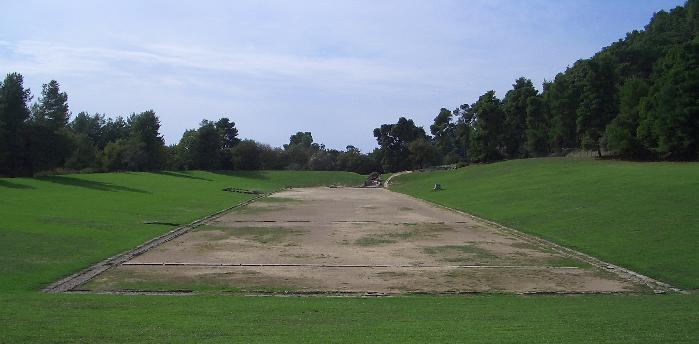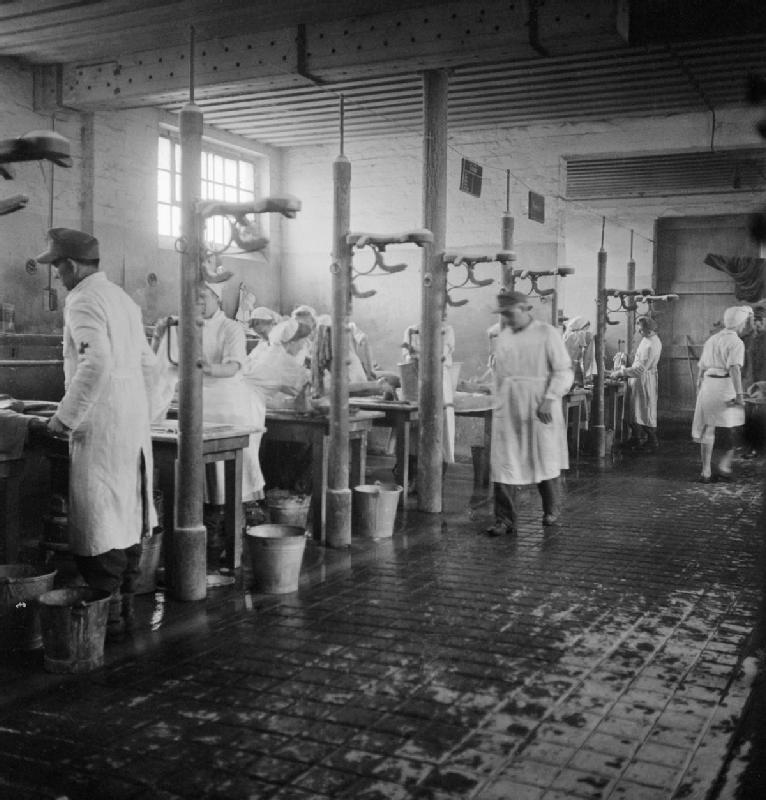|
Honoré D'Albert De Luynes
''Honoré'' Charles Marie Sosthène d'Albert de Luynes, 10th Duke of Luynes (30 October 1868 – 13 March 1924) was a French aristocrat and diplomat. Early life Luynes was born on 30 October 1868 at the Château de Dampierre in Dampierre-en-Yvelines in the Île-de-France region in north-central France. He was the only son of Charles Honoré Emmanuel d'Albert de Luynes, 9th Duke of Luynes (1846–1870), and Yolande Françoise Marie Julienne de La Rochefoucauld (1849–1905). His only sibling, Yolande Louise Marie Valentine d'Albert de Luynes, married Adrien de Noailles, 8th Duke of Noailles (a son of Jules Charles Victurnien de Noailles, 7th Duke of Noailles). His paternal grandparents were Honoré-Louis d'Albert de Luynes, ''styled'' Duke of Chevreuse (the heir apparent, until his death, to his father, Honoré Théodoric d'Albert de Luynes, 8th Duke of Luynes), and Valentine-Julie de Contades (a daughter of the French Cavalry officer Jules Gaspard Amour de Contades, Viscount ... [...More Info...] [...Related Items...] OR: [Wikipedia] [Google] [Baidu] |
Eugène Pirou
Louis Eugène Pirou (26 September 1841 – 30 September 1909) was a French photographer and filmmaker, known primarily for his portraits of celebrities and scenes from the Paris Commune. He was awarded a gold medal at the Exposition Universelle of 1889. Life and work He owned numerous studios in Paris, mostly on the Boulevard Saint-Germain, but he also operated one at an old evangelical mission on the Rue Royale. That one was sold to a photographer named Arthur Herbert, in 1889, with permission to use Pirou's name. In 1898, Herbert sold the studio to the brothers Georges and Oscar Mascré (1865-1943), who continued to use Pirou's name without his permission. Pirou lost a complicated lawsuit against the brothers, who compounded the fraud by referring to the studio as "Otto-Pirou", in reference to Otto Wegener, a Swedish-born photographer who was also not associated with them.Camille Blot-Wellens, "Eugène Pirou, portraitiste de la Belle Époque", in ''Revue de la Bibliothèq ... [...More Info...] [...Related Items...] OR: [Wikipedia] [Google] [Baidu] |
Honoré Théodoric D'Albert De Luynes
Honoré Théodore Paul Joseph d'Albert, 8th Duke of Luynes (15 December 1802 – 15 December 1867) was a wealthy French nobleman and scholar. He is most remembered for the collection of exhibits he gave to the Cabinet des Médailles in 1862, and for supporting the exiled Comte de Chambord's claim to the throne of France. Throughout his life, D'Albert inherited a number of French titles, including Duke of Luynes, de Chevreuse, and de Chaulnes. Early life D'Albert was born on 15 December 1802 in Paris. He was the eldest son of Charles Marie d'Albert de Luynes (1783–1839) and Françoise Ermessinde de Narbonne-Pelet. His paternal grandparents were Louis Joseph Charles Amable d'Albert, 6th Duke of Luynes and Elisabeth of Montmorency-Laval, the daughter of Guy André Pierre de Montmorency-Laval, 1st Duke of Laval. His maternal grandparents were Francois-Bernard de Narbonne, Count of Pelet and Adelaide Le Conte de Nonant de Pierrecourt. His youthful Grand Tour to Italy was ma ... [...More Info...] [...Related Items...] OR: [Wikipedia] [Google] [Baidu] |
Papal Zouaves
The Papal Zouaves () were an infantry battalion (later regiment) dedicated to defending the Papal States. Named after the French zouave regiments, the ' were mainly young men, unmarried and Catholic, who volunteered to assist Pope Pius IX in his struggle against the Italian unificationist Risorgimento. Origin The Zouaves evolved out of a unit formed by Louis Juchault de Lamoricière on 23 May 1860, the 'Company of Franco- Belgian Tirailleurs'. The company was quickly increased to an 8-company battalion by amalgamating the Tirailleurs with another volunteer unit, the 'Crusaders of Cathelineau'. On 1 January 1861 the unit was renamed the Papal Zouaves, after already proving themselves in 1860. The name had been introduced by Xavier de Mérode. The Almoner was Mgr. Edouard de Woelmont. Composition The unit was commanded by the Swiss colonel Eugène Allet (1814–1878), from Leuk, who had previously served in the Pontifical Swiss Guard under Pope Gregory XVI. All orders we ... [...More Info...] [...Related Items...] OR: [Wikipedia] [Google] [Baidu] |
Olympic Games
The modern Olympic Games (Olympics; ) are the world's preeminent international Olympic sports, sporting events. They feature summer and winter sports competitions in which thousands of athletes from around the world participate in a Multi-sport event, variety of competitions. The Olympic Games, Open (sport), open to both amateur and professional athletes, involves more than 200 teams, each team representing a sovereign state or territory. By default, the Games generally substitute for any world championships during the year in which they take place (however, each class usually maintains its own records). The Olympics are staged every four years. Since 1994 Winter Olympics, 1994, they have alternated between the Summer Olympic Games, Summer and Winter Olympics every two years during the four-year Olympiad. Their creation was inspired by the ancient Olympic Games, held in Olympia, Greece, from the 8th century BC to the 4th century AD. Baron Pierre de Coubertin founded the Int ... [...More Info...] [...Related Items...] OR: [Wikipedia] [Google] [Baidu] |
Tennis
Tennis is a List of racket sports, racket sport that is played either individually against a single opponent (singles (tennis), singles) or between two teams of two players each (doubles (tennis), doubles). Each player uses a tennis racket strung with a cord to strike a hollow rubber tennis ball, ball covered with felt over or around a net and into the opponent's tennis court, court. The object is to manoeuvre the ball in such a way that the opponent is not able to play a valid return. If a player is unable to return the ball successfully, the opponent scores a Point (tennis), point. Playable at all levels of society and at all ages, tennis can be played by anyone who can hold a racket, including Wheelchair tennis, wheelchair users. The original forms of tennis developed in France during the late Middle Ages. The modern form of tennis originated in Birmingham, England, in the late 19th century as lawn tennis. It had close connections to various field (lawn) games such as croqu ... [...More Info...] [...Related Items...] OR: [Wikipedia] [Google] [Baidu] |
Élisabeth D'Ayen
Élisabeth d'Ayen Macready (; 27 October 1898 – 7 December 1969) was a French tennis player who competed in the Olympic Games in 1920. She won the bronze medal, along with Suzanne Lenglen, in the women's doubles competition in Antwerp. At the Grand Slam tournaments Macready reached the third round at the Wimbledon Championships (1923) and the French Championships The French Open (), also known as Roland-Garros (), is a tennis tournament organized by the French Tennis Federation annually at Stade Roland Garros in Paris, France. It is chronologically the second of the four Grand Slam tennis events eve ... (1925). References External links * 1898 births 1969 deaths French female tennis players Olympic medalists for France in tennis Olympic bronze medalists for France Olympic tennis players for France Tennis players at the 1920 Summer Olympics Medalists at the 1920 Summer Olympics Elisabeth Wives of baronets 20th-century French sportswomen {{Franc ... [...More Info...] [...Related Items...] OR: [Wikipedia] [Google] [Baidu] |
Bergen-Belsen Concentration Camp
Bergen-Belsen (), or Belsen, was a Nazi concentration camp in what is today Lower Saxony in Northern Germany, northern Germany, southwest of the town of Bergen, Lower Saxony, Bergen near Celle. Originally established as a prisoner of war camp, in 1943, parts of it became a concentration camp. Initially this was an "exchange camp", where Jewish people, Jewish hostages were held with the intention of exchanging them for German prisoners of war held overseas. The camp was later expanded to hold Jews from other concentration camps. After 1945, the name was applied to the Bergen-Belsen DP camp, displaced persons camp established nearby, but it is most commonly associated with the concentration camp. From 1941 to 1945, almost 20,000 Soviet Union, Soviet prisoners of war and a further 50,000 inmates died there. Overcrowding, lack of food, and poor sanitary conditions caused outbreaks of typhus, tuberculosis, typhoid fever, and dysentery; leading to the deaths of more than 35,000 peopl ... [...More Info...] [...Related Items...] OR: [Wikipedia] [Google] [Baidu] |
French Resistance
The French Resistance ( ) was a collection of groups that fought the German military administration in occupied France during World War II, Nazi occupation and the Collaboration with Nazi Germany and Fascist Italy#France, collaborationist Vichy France, Vichy regime in France during the World War II, Second World War. Resistance Clandestine cell system, cells were small groups of armed men and women (called the Maquis (World War II), Maquis in rural areas) who conducted guerrilla warfare and published Underground press, underground newspapers. They also provided first-hand intelligence information, and escape networks that helped Allies of World War II, Allied soldiers and airmen trapped behind Axis powers, Axis lines. The Resistance's men and women came from many parts of French society, including émigrés, academics, students, aristocrats, conservative Catholic Church in France, Roman Catholics (including clergy), Protestantism in France, Protestants, History of the Jews in F ... [...More Info...] [...Related Items...] OR: [Wikipedia] [Google] [Baidu] |
Jean Maurice Paul Jules De Noailles
Jean Maurice Paul Jules de Noailles, 6th Duke of Ayen (Paris, 18 September 1893 – Bergen-Belsen, 14 April 1945) was the son of Adrien de Noailles, 8th Duke of Noailles and a member of the French Resistance in World War II. Biography He was the only son of Adrien de Noailles, 8th Duke of Noailles and Yolande Louise Marie Valentine d'Albert de Luynes (1870–1952). His maternal grandfather was Charles Honoré Emmanuel d'Albert de Luynes, 9th Duke of Luynes, and Yolande Françoise Marie Julienne de La Rochefoucauld (a granddaughter of Prince Jules de Polignac, the 7th Prime Minister of France). He succeeded to the subsidiary title Duke of Ayen, but he and his son Adrien did not outlive his father, the 8th Duke of Noailles. The Dukedom of Noailles therefore passed to a cousin, François, 9th Duke of Noailles, though the château de Maintenon was inherited by his daughter Geneviève. Resistance and imprisonment He was a member of the French Resistance, arrested by the Gestapo on ... [...More Info...] [...Related Items...] OR: [Wikipedia] [Google] [Baidu] |
Prime Minister Of France
The prime minister of France (), officially the prime minister of the French Republic (''Premier ministre de la République française''), is the head of government of the French Republic and the leader of its Council of Ministers. The prime minister is the holder of the second-highest office in France, after the president of France. The president, who appoints but cannot dismiss the prime minister, can request resignation. The Government of France, including the prime minister, can be dismissed by the National Assembly. Upon appointment, the prime minister proposes a list of ministers to the president. Decrees and decisions signed by the prime minister, like almost all executive decisions, are subject to the oversight of the administrative court system. Some decrees are taken after advice from the Council of State (), over which the prime minister is entitled to preside. Ministers defend the programmes of their ministries to the prime minister, who makes budgetary choices. ... [...More Info...] [...Related Items...] OR: [Wikipedia] [Google] [Baidu] |
Jules De Polignac
Jules Auguste Armand Marie de Polignac, Count of Polignac (; 14 May 178030 March 1847), then Prince of Polignac, and briefly 3rd Duke of Polignac in 1847, was a French statesman and ultra-royalist politician after the Revolution. He served as prime minister under Charles X, just before the July Revolution in 1830 that overthrew the senior line of the House of Bourbon. Early life Born in Versailles, Jules was the younger son of Jules, 1st Duke of Polignac, and Gabrielle de Polastron, a confidante and favourite of Queen Marie-Antoinette. Due to his mother's privileged position, the young Jules was raised in the environment of the court of Versailles, where his family occupied a luxurious suite of thirteen rooms. His sister, Aglaé, was married to the duc de Guîche at a young age, helping to cement the Polignac family's position as one of the leaders of high society at Versailles. With the outbreak of the French Revolution in 1789, Jules's mother and her circle were forced t ... [...More Info...] [...Related Items...] OR: [Wikipedia] [Google] [Baidu] |
Duke Of Doudeauville
The House of La Rochefoucauld is one of France's ancient noble families, with origins dating back to the 10th century. The family's lineage begins with (973–1047), the first Lord of La Roche, later known as La Rochefoucauld (''Roche'' + ''Foucauld''), and possibly the son of (also known as Amaury or Esmerin; ''circa'' 952 – before 1037), Lord of La Roche. Over the centuries, the family rose in prominence, earning numerous titles and distinctions. Overview of titles and roles In April 1622, Louis XIII elevated the County (comté) of La Rochefoucauld to a Duchy and Peerage by ' issued at Niort (registered September 4, 1631). This act formally raised François V of La Rochefoucauld (1588–1650) from Count to the inaugural Duke of La Rochefoucauld, as well as to the status of Peer of France. ::Upon its elevation in 1622, the Duchy of La Rochefoucauld became united with the lordships of Verteuil, Daunart, Joussaume, Vivier, Montignac, Touriers, Celfroin, Saint Clos, La ... [...More Info...] [...Related Items...] OR: [Wikipedia] [Google] [Baidu] |





